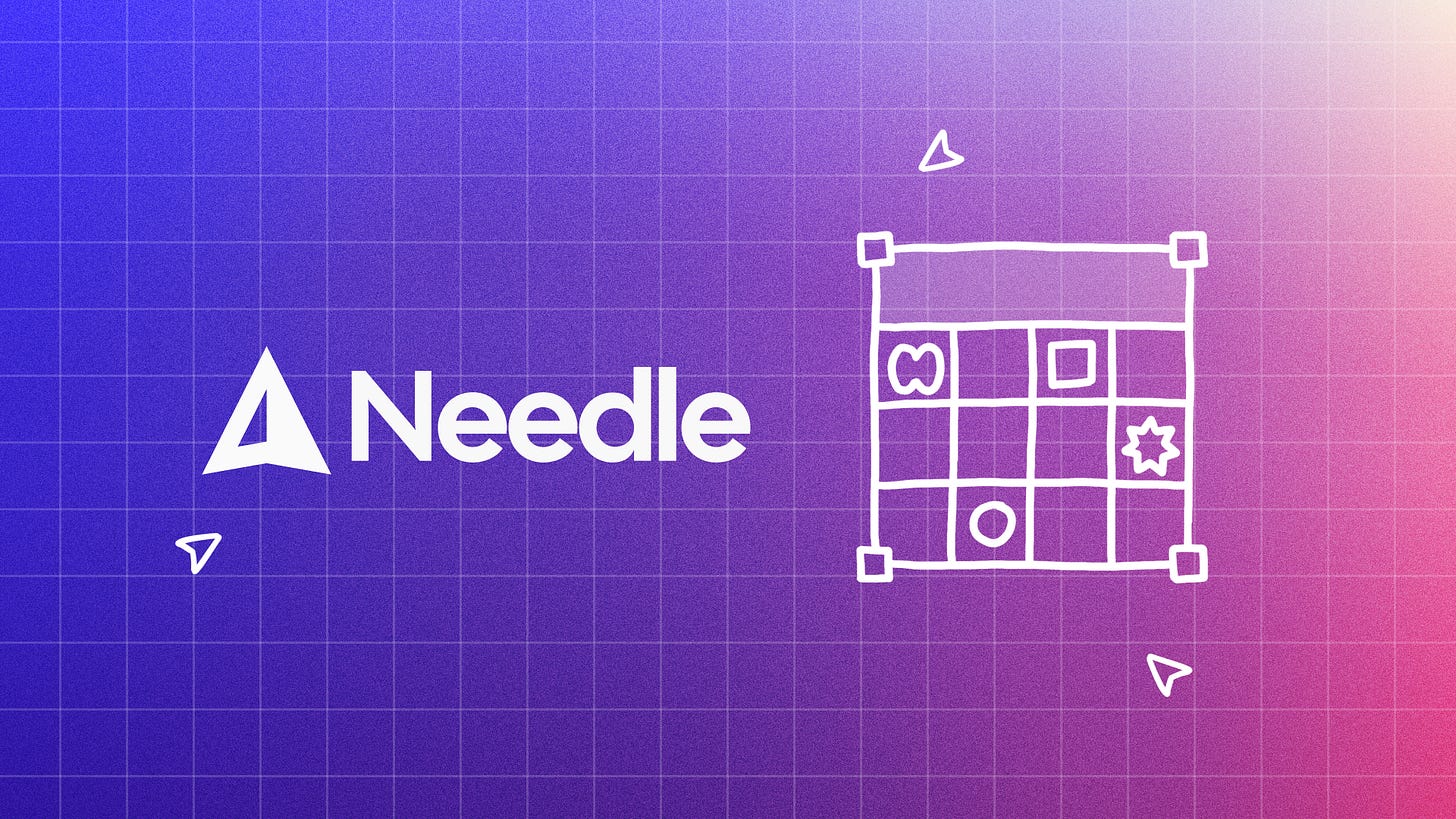Rethinking Change Management in the Age of Digital Overload
Understanding today’s organizational challenges in managing digital complexity and enhancing workflow efficiency
Modern organizations operate in an environment defined by tool sprawl and fragmented knowledge. The average company now manages plenty of applications, creating parallel workflows, duplicated processes, and significant inefficiencies.
Teams often experience:
Difficulty identifying a single source of truth
Increased time spent searching for information
Lower employee engagement due to context switching and unclear processes
Leaders recognize that digital overload isn’t simply a productivity concern. It directly impacts organizational alignment, operational costs, and employee retention. Without a coherent approach to information management, even the most advanced digital tools fail to deliver on their promise.
The role of change management
Implementing new systems or workflows requires more than technology deployment. Change management functions as organizational infrastructure, helping teams adopt new practices, establish reliable knowledge flows, and sustain operational consistency.
Effective change management addresses three key areas:
Clarity of purpose
Teams need a clearly articulated “why” for any new tool or workflow. Without this foundation, adoption remains superficial and fragmented.Distributed ownership
Champions across departments drive momentum. Their influence ensures adoption extends beyond leadership mandates and becomes embedded in day-to-day operations.Progressive adoption
Early, visible successes build confidence. Quick wins demonstrate practical value and reduce resistance, creating a basis for broader organizational shifts.
Practical considerations for leaders
Organizations seeking to consolidate and simplify their tool ecosystems should evaluate:
Knowledge accessibility: Is information consistently available and up to date?
Integration with existing workflows: Does new technology complement established processes rather than disrupt them?
Adoption support: Are there templates, training resources, and clear guidelines to minimize friction?
Cultural alignment: Does the change reflect how employees prefer to work, particularly as younger generations enter the workforce?
These considerations extend beyond productivity metrics. Poorly managed change initiatives increase employee turnover, limit collaboration, and create long-term operational inefficiencies.
Implementing change effectively
Organizations achieving sustainable results typically:
Begin with well-defined use cases tied to measurable pain points
Identify champions who bridge technical knowledge and operational practice
Provide structured pathways for adoption with clear milestones
Communicate both short-term benefits and long-term vision consistently
This structured approach enables teams to move beyond fragmented experimentation and towards coordinated transformation.
How Needle supports knowledge-driven change
Change management succeeds when employees can access the right information at the right time. Needle addresses this challenge directly by making organizational knowledge conversational and searchable across existing systems.
Rather than adding another tool to the environment, Needle integrates with current documentation, policies, and workflows, reducing friction, enabling faster adoption, and supporting more resilient change initiatives.
By providing immediate, contextual access to organizational knowledge, Needle strengthens the foundation for successful change management. Teams spend less time searching, more time executing, and leaders gain confidence that transformation efforts are supported by reliable infrastructure.
Interested in reducing digital overload and driving effective organizational change? Explore how Needle can help your teams consolidate knowledge, streamline adoption, and maintain a single source of truth.



